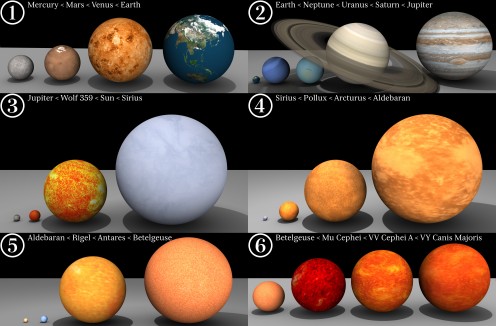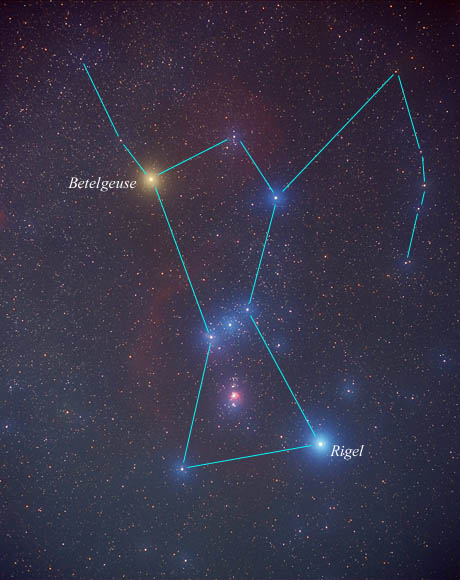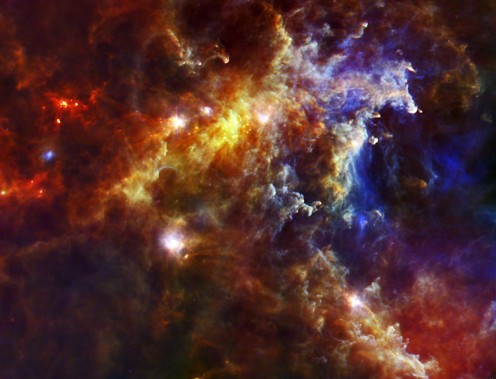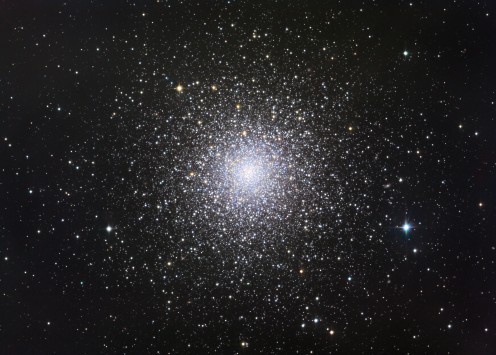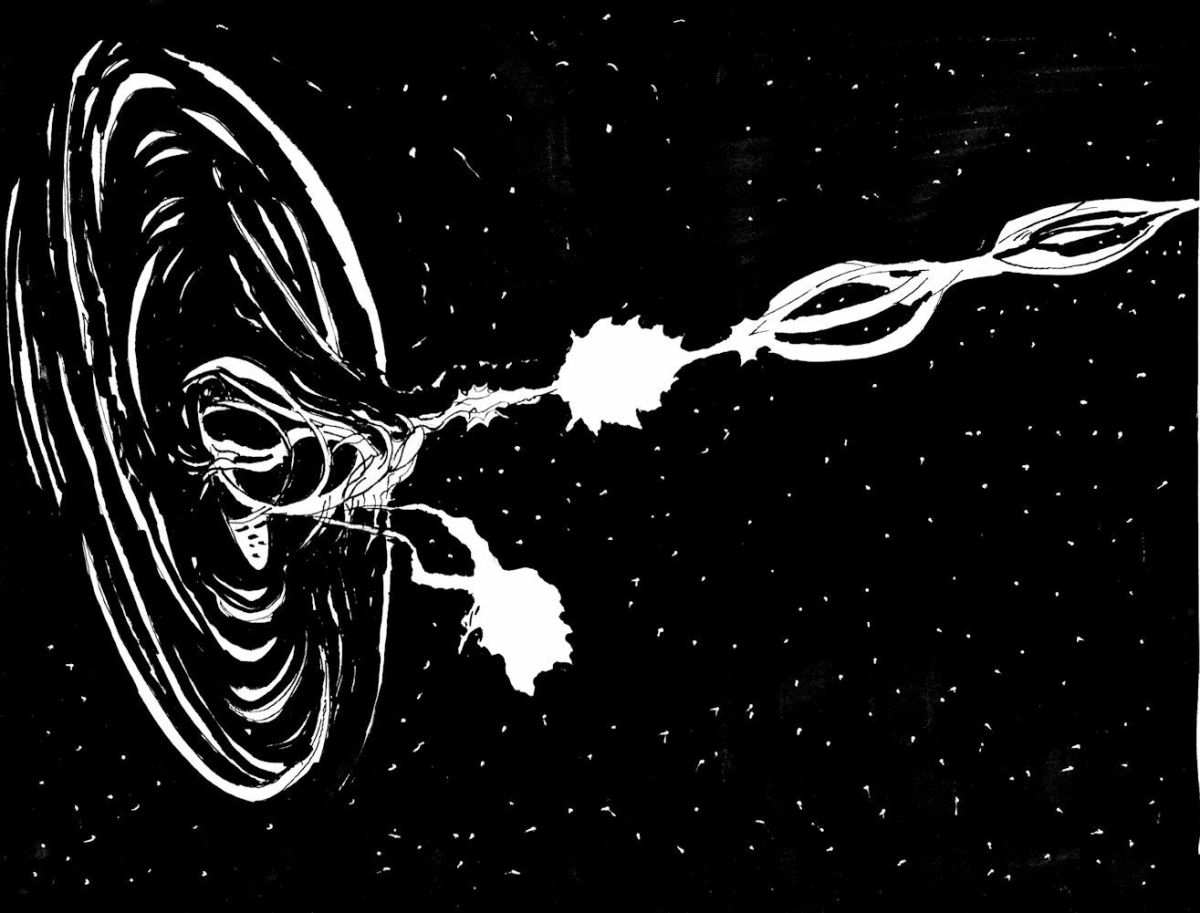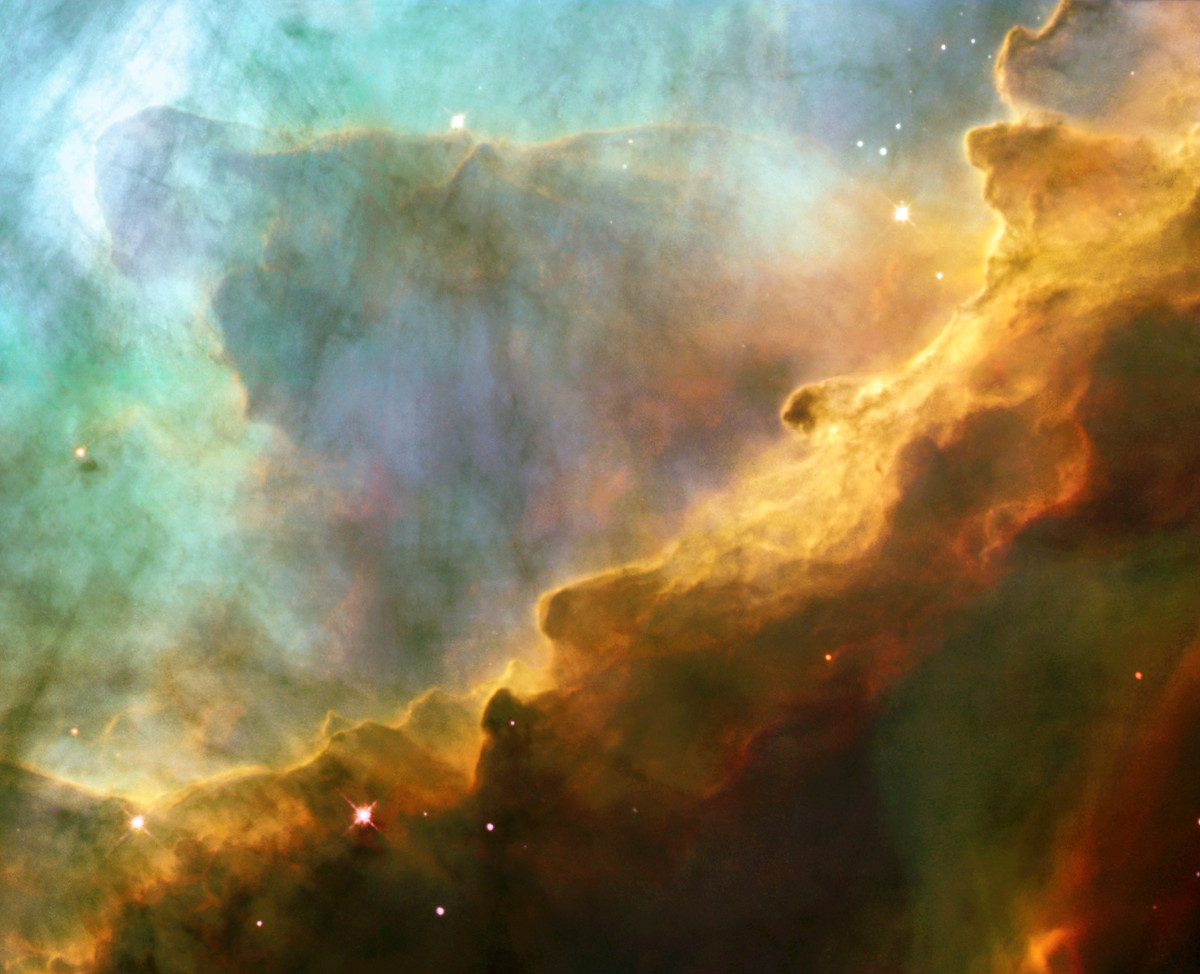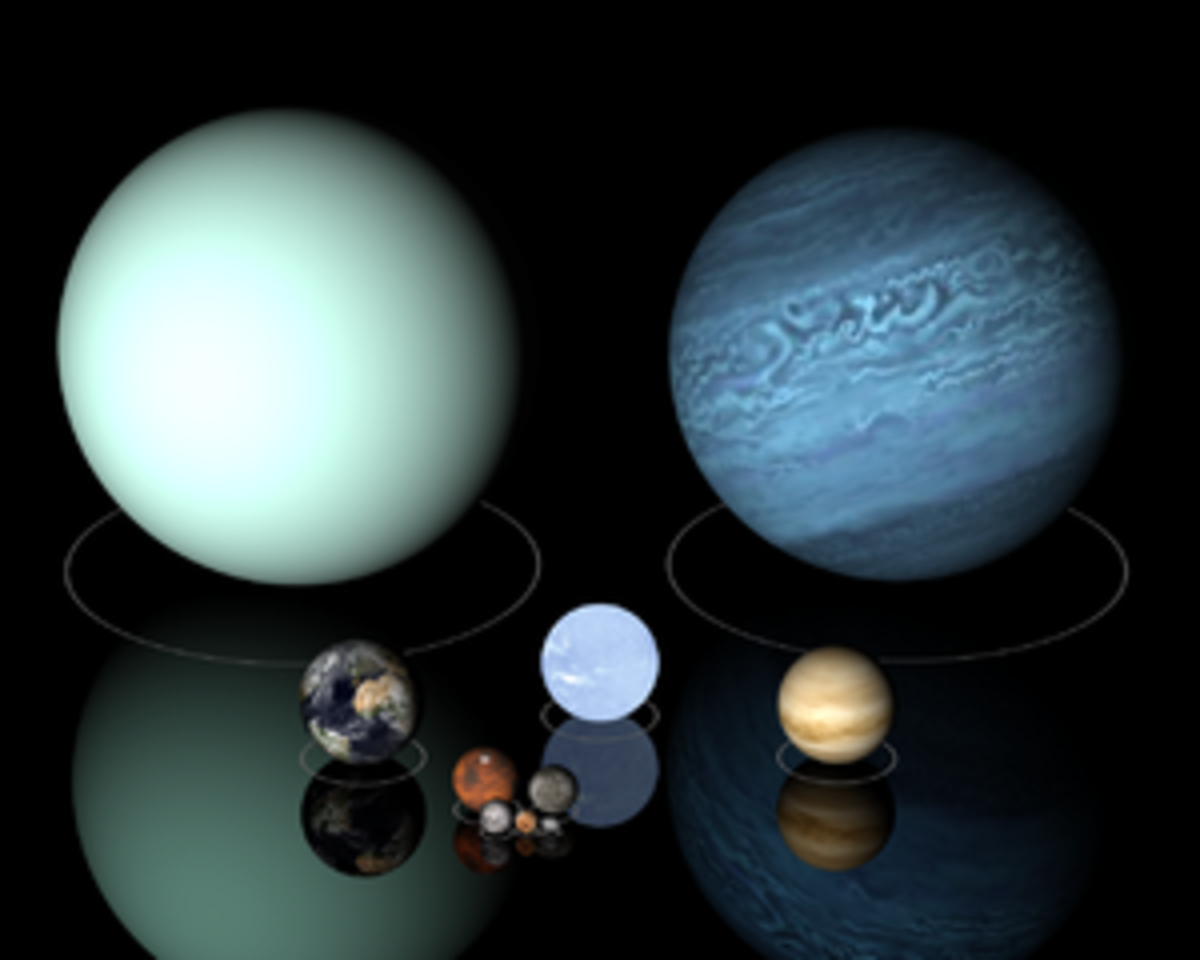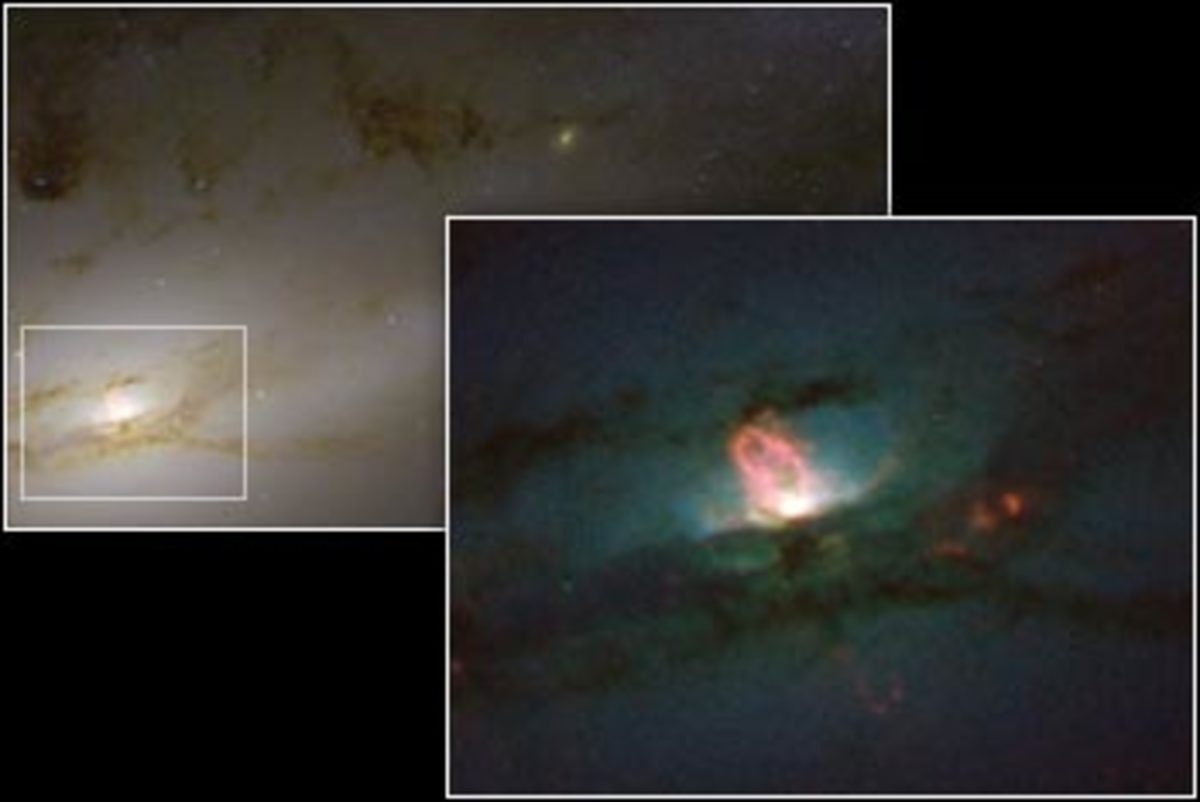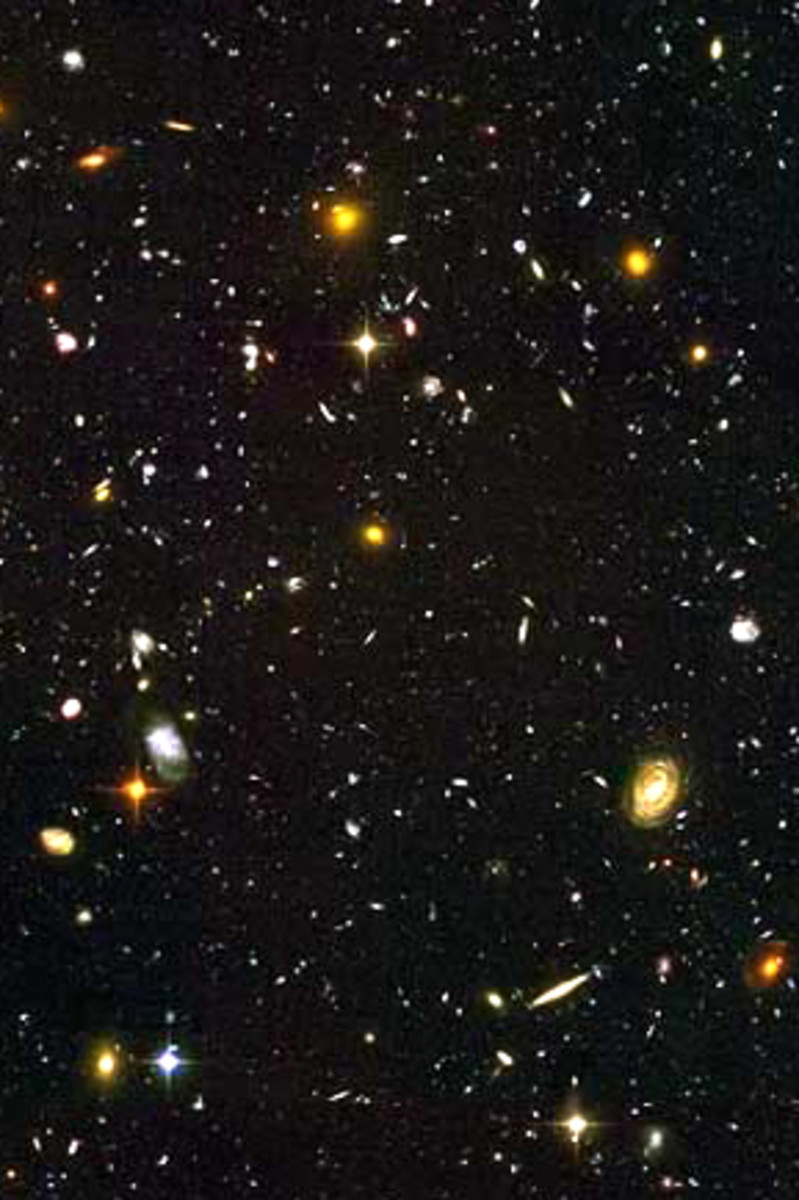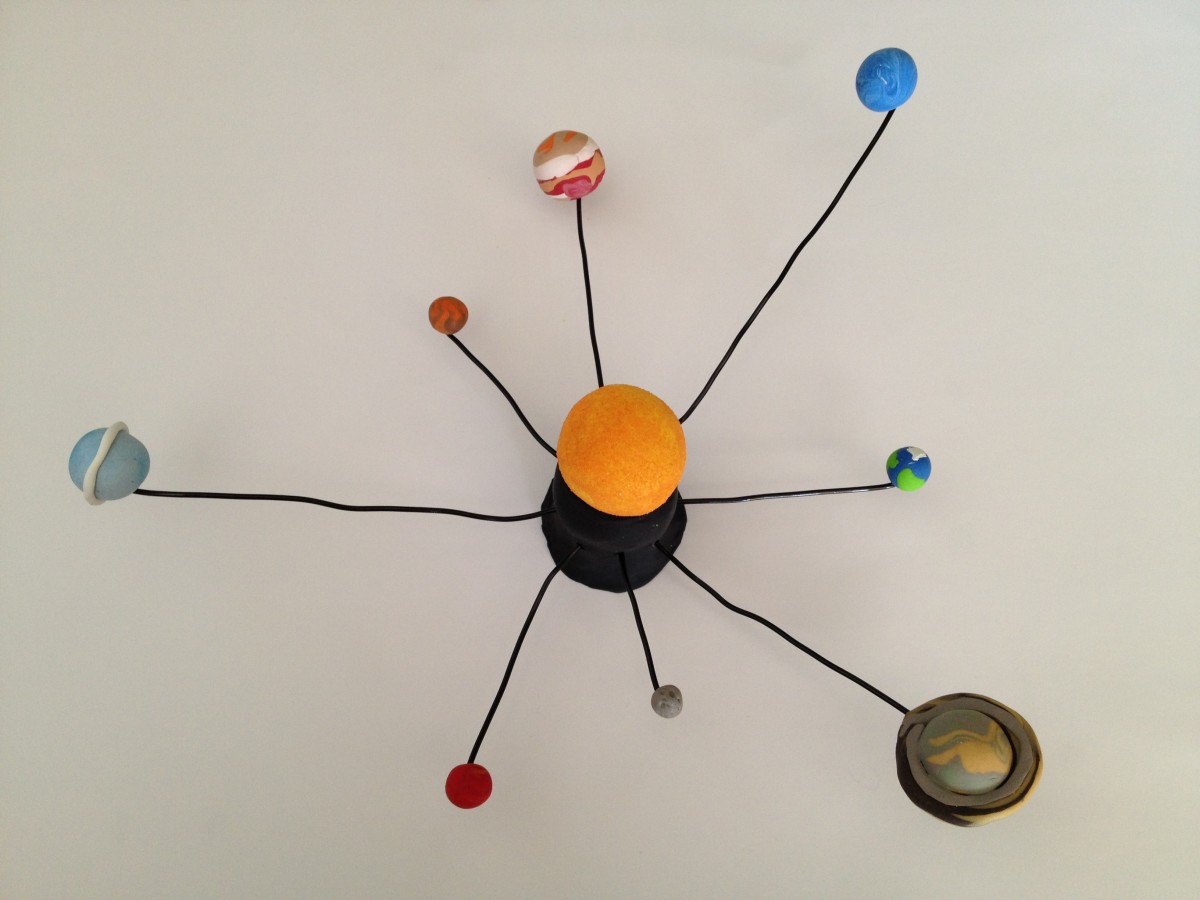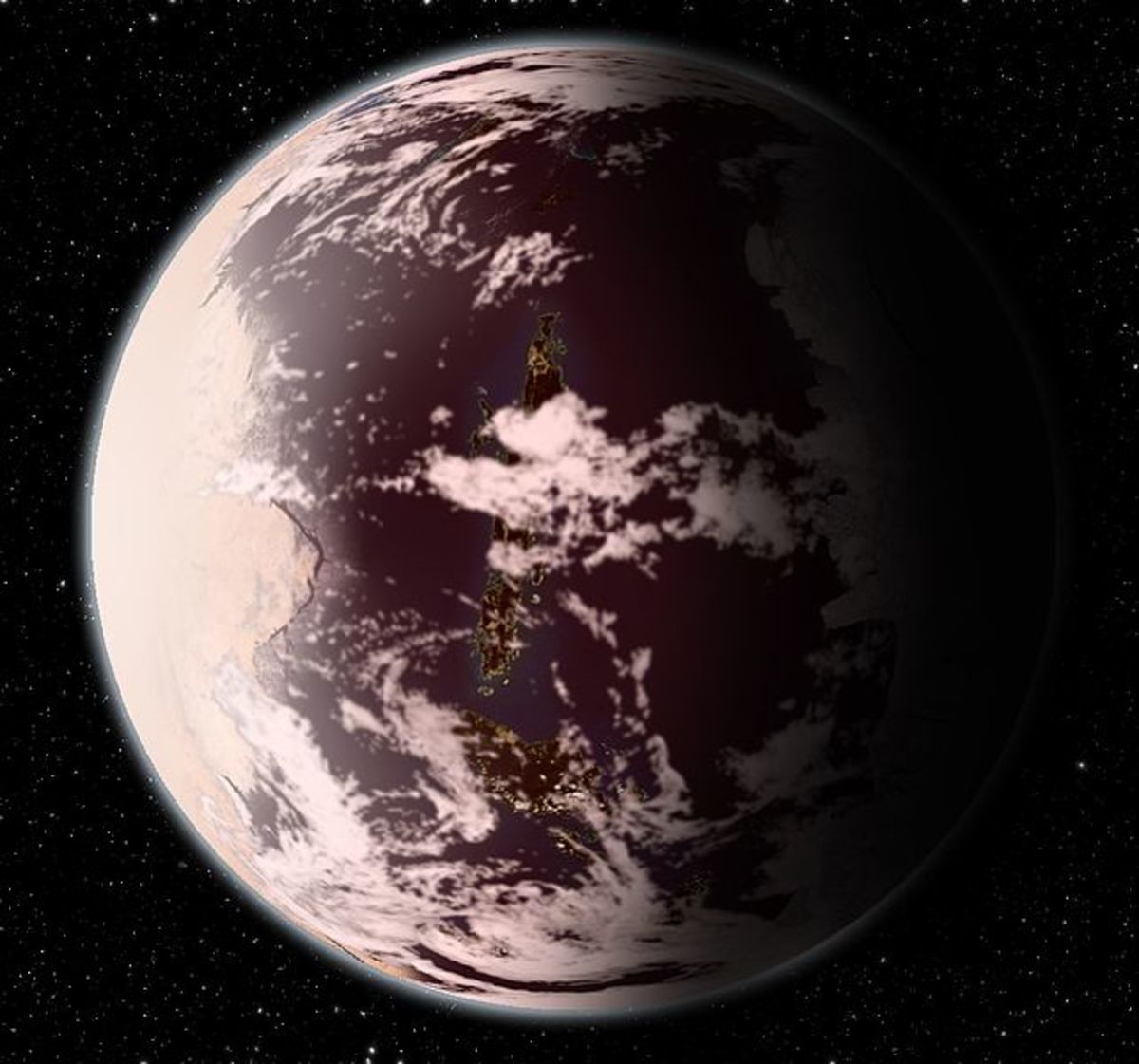Life as a Star
Stars light up the entire night sky. They light up nebulae and the galaxies’ dark arms making them glow, they gather in superb clusters, some of which can be seen with the naked eye, they grow planets around them, and sometimes they create and maintain life :)
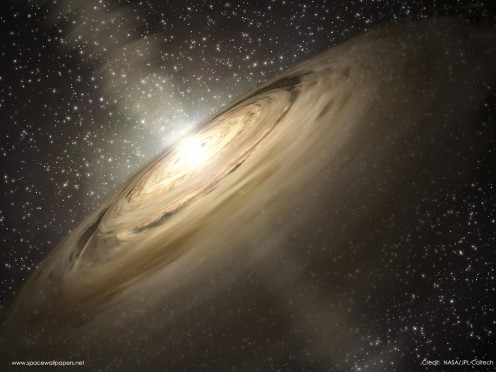
Before its birth, the Sun was nothing more than a bunch of gas and dust floating through the interstellar space. Driven by its own gravity, the mass of gas and dust starts to collapse in a very smooth inward spiral. The same movement can be observed in the water flowing out of a sink when you pull its plug. It is a “silly” discovery that in fact helped in the understanding of hydrodynamics and its mechanical similarities to the mechanics of the electromagnetic field.
Million years later, huge amounts of gas (mostly hydrogen) have had gathered into one dense body. High pressure exerted by gravity, the most important ingredient of this recipe, causes the gas ball to increasingly gain heat and the star to start shining (the protostar phase). When the core temperature reaches ten million degrees Celsius, the magic happens: in the very center of the ball, electrons of hydrogen atoms are ripped off from their orbits around their nuclei, and the first hydrogen atoms combine to form helium (process called nuclear fusion). In this process, a very small portion of matter transforms into energy while the hot helium starts to shine for the first time... The star ignites. The remaining mass of gas and dust finds itself on orbit around the newborn star, and the birth of a new solar system begins.
Given its mass, the new star experiences great gravitational
pressure that tends to compress it even more than it already is. In order to
avoid collapse, to become stable, the star must provide an opposing force to
balance the gravitational pressure and maintain itself in a harmonious
equilibrium. That “force” is the temperature, which - according to the ideal gas law - if enough, it holds the
star stable. So the problem of the
dying stars is not the lack of hydrogen but the lack of very high temperature.
White dwarfs / Black dwarfs
When the star will have consumed most of its hydrogen, it will transform into a different object, depending on its mass. A star with a medium or even smaller mass will burn all of its “fuel” and consequently, its core will start to contract. Inside it, new reactions occur: this time the helium atoms combine to form carbon. Meanwhile, in the outer layers, the remaining hydrogen is fused, process that will make the dying star bigger and red (red giant). In this phase, its outer layers will be thrown into space forming planetary nebula. When there will be no helium left in the core, it will contract again, becoming even denser and small as a planet, but the reactions inside it will no longer have enough power to keep the star burning. It will continue to “peacefully” radiate the remaining heat (in which phase the star is called a white dwarf) and slowly cool down until it will become a cold dark dwarf star.
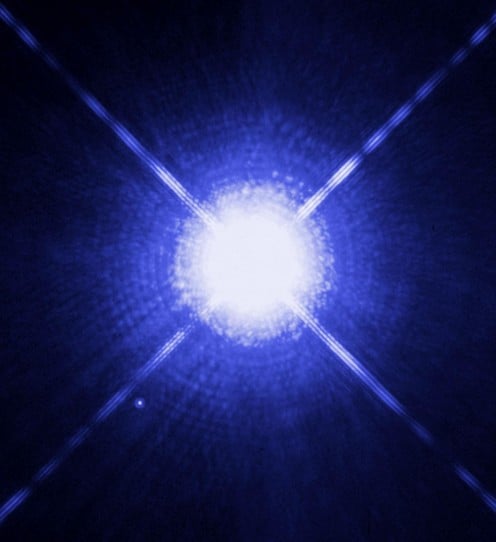
Although the universe is 13,7 billion years old, no black dwarf has been discovered by now, the oldest known white dwarf star still radiating a temperature of few thousands degrees Kelvin.
Stars with huge masses are most likely to end their life collapsing under their own gravitational force (called gravitational collapse) becoming red giants and finally supernovae (exploding stars). Experiencing a greater pressure than a white dwarf would, the helium atoms in the center of such a star will form an iron core instead of carbon one, so dense that after the explosion it will either form a neutron star or, if the star’s mass was very big, a black hole.
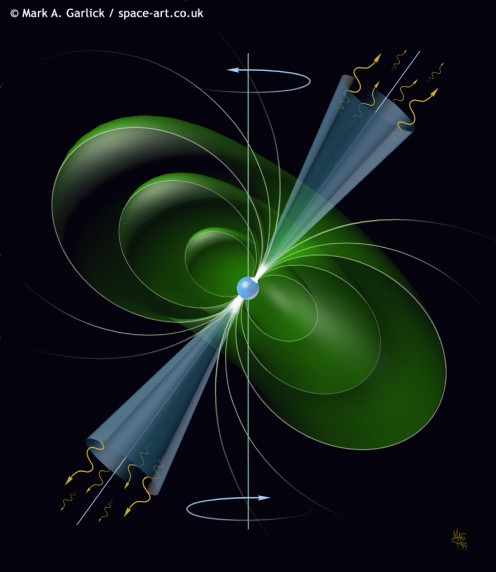
Neutron Stars and Black Holes
Both the neutron star and the black hole are fantastic objects. The neutron stars are so dense that they crush the atoms inside them and consist mostly of neutrons. They have the mass of a normal star but only 15-18 miles in diameter and rotate so fast that electromagnetic beams are emitted at their magnetic poles. The neutron stars’ magnetic axes do not necessarily coincide with their rotation axes, creating thus the lighthouse effect: from a point in universe, the neutron star looks like it pulses (hence their pseudonym – Pulsars), but only if the electromagnetic beam is emitted in its direction.
The baby black holes are even denser objects with great mass and only few kilometers in diameter, that deform the space-time so hard that they “absorb” everything that passes by them, including light and even their own light. Massive black holes can achieve masses comparable to million solar masses and most of them can be found in the center of galaxies. The Quasi-Star Radio Sources (also called quasars), the most bright and distant objects in the universe, are galaxies with huge black holes in their center. The matter around such black hole is absorbed with such a speed that the friction of the collapsing matter inside it shines more than anything in the universe. The quasars are products of the early universe and none of them really exists now, but we can still see the light coming from them.
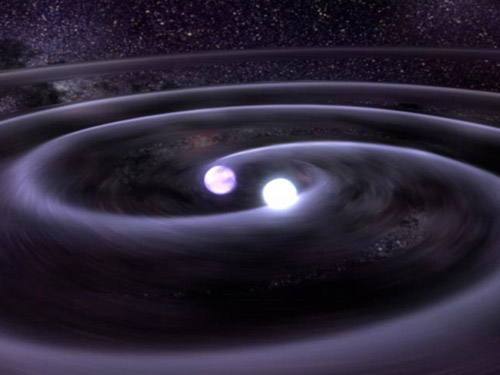
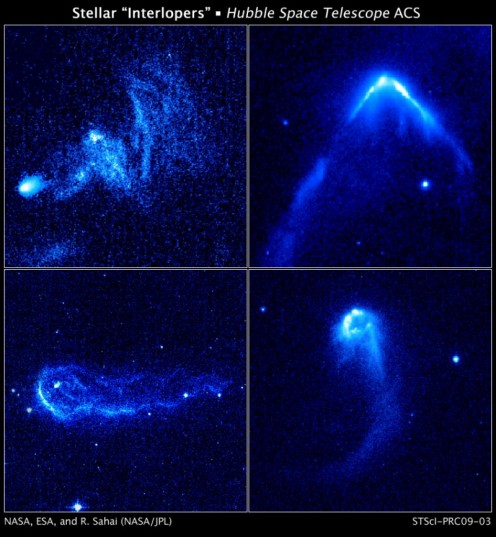
Binary systems / Double stars
Some stars “live” in binary systems: two stars, which round a common mass center. They are called double stars and their combined gravitational forces keep each other on orbit. Sometimes, the two stars can be optically close only, but more than 60% of the stars of the universe are double stars physically. There also can be triple systems or even multiple ones. Some of the binary systems can consist of a star and a black hole, but the most spectacular ones are those consisting of two neutron stars. They rotate so fast that they create gravitational waves propagating in the space-time continuum. When one of the stars of a binary system dies, the other is thrown away on a straight trajectory. If the its speed is very high, they heat the interstellar gas in their way and create a shockwave similar to what happens to the water in front of a moving boat. These stars can travel at 550-1,000 km/s.
A couple of interesting facts
- A star does not have a solid nor a liquid surface as we tend to believe when we see photos or when we look through a telescope or special sunglasses. The Sun’s surface looks sharp because we are way too far away from it to see that the whole star is made of very hot gas only.
- As the hydrogen fuses into helium, the quantity of helium continuously grows, thus making the star shine even brighter. Scientists estimated that a star’s brightness increases by 10% every billion years. They also estimated that our Sun is four billion years old, which means that now is 40% brighter than it initially was, and will continue to shine for another ten billion years.
